MLA 9 - Efficient Citation Manager
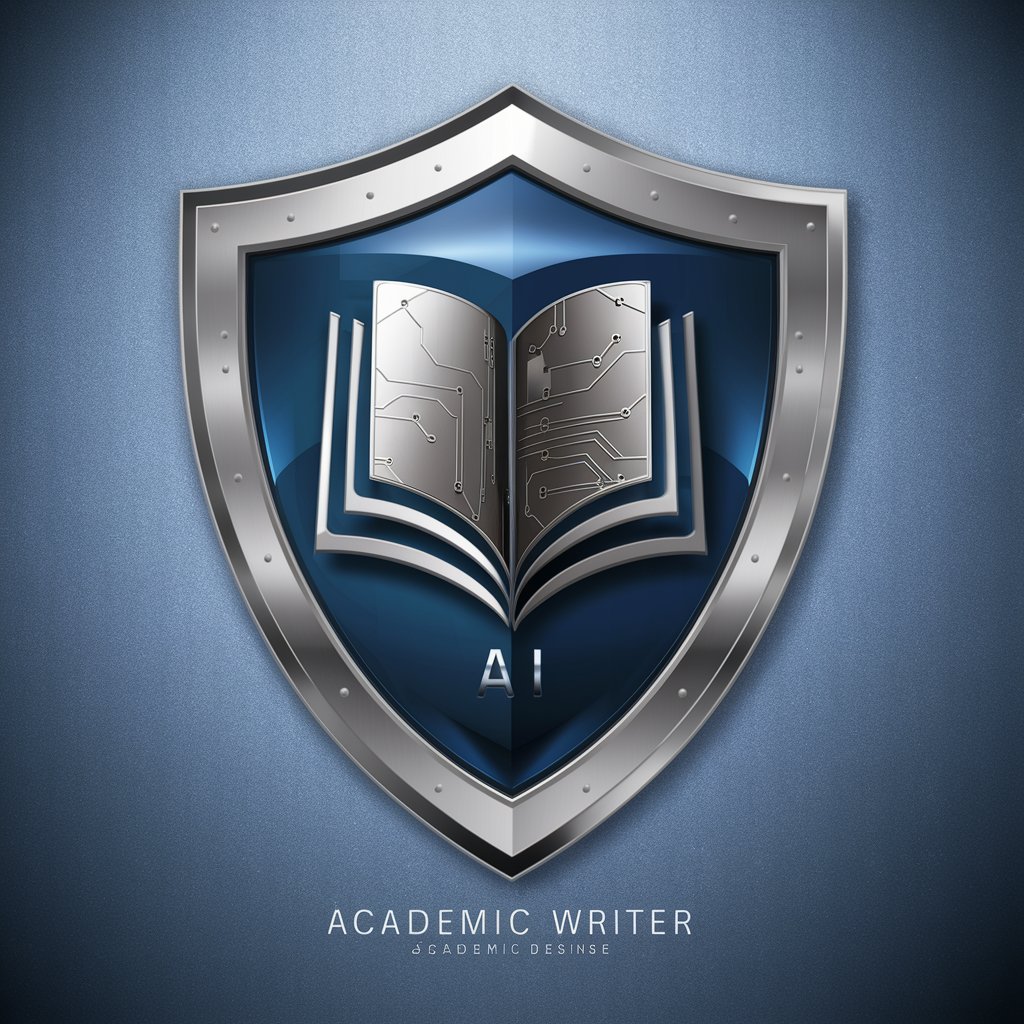
Welcome to the Academic Writer, your expert in cyberwarfare research.
AI-Powered MLA Citation Simplifier
Analyze the evolution of cyberwarfare strategies and their impact on global security.
Discuss the ethical implications of using cyberweapons in modern conflicts.
Evaluate the role of intelligence operations in cybersecurity defense mechanisms.
Explore the history and development of significant malware in cyber espionage.
Get Embed Code
Introduction to MLA 9
MLA 9 refers to the ninth edition of the MLA Handbook, a guide established by the Modern Language Association for formatting academic papers and citations. Designed to standardize the documentation of scholarly writing, MLA 9 provides comprehensive guidelines on various aspects of writing, including the layout of a paper, in-text citations, and the works cited list. It is tailored to help students, researchers, and scholars adhere to a uniform style, enhancing the readability and credibility of academic work. For example, MLA 9 specifies the use of parenthetical citations in the text that correspond to an alphabetical list of works cited at the end of the document. This system allows readers to easily find the sources of information, contributing to academic integrity and facilitating peer review. Powered by ChatGPT-4o。

Main Functions of MLA 9
Standardizing Document Format
Example
MLA 9 dictates the use of double spacing, 1-inch margins, and a readable 12-point font, typically Times New Roman. Headers with page numbers and the author's last name are required.
Scenario
In preparing a term paper, a student uses MLA 9 guidelines to format their document, ensuring it meets academic standards and is professionally presented.
In-text Citations
Example
For direct quotes or paraphrases, MLA 9 requires the author's last name and the page number without a comma between them (e.g., Hawthorne 65).
Scenario
While writing a literature review, a researcher incorporates several quotes from a primary source, using MLA 9 in-text citation style to credit the original work accurately.
Works Cited List
Example
MLA 9 provides a template for listing all referenced materials at the end of the document, including specifics on order, punctuation, and format based on the type of source.
Scenario
Upon completing an essay on Shakespearean drama, a student compiles a works cited page, organizing sources alphabetically by author's last name, as specified by MLA 9.
Citation of Digital Sources
Example
MLA 9 includes guidelines for citing digital sources, such as websites and online journals, requiring the inclusion of the date of access and the URL or DOI.
Scenario
A scholar writing an article on digital humanities references several online archives and e-journals, using MLA 9 to format these digital citations accurately and comprehensively.
Ideal Users of MLA 9 Services
Students
Students at high schools, colleges, and universities benefit from MLA 9 by learning to structure their papers and cite sources correctly, which is crucial for academic success and integrity.
Academic Researchers
Researchers in the humanities, such as literature, languages, and arts, utilize MLA 9 for formatting their scholarly articles, ensuring their work adheres to recognized academic standards.
Educators and Librarians
Educators and librarians use MLA 9 guidelines to teach proper research and writing techniques, helping students and patrons understand the importance of citation and avoid plagiarism.
Authors and Editors
Authors preparing manuscripts for publication and editors working in academic publishing use MLA 9 to ensure consistency and clarity in the presentation of written material.

How to Use MLA 9
1
Initiate your research with a visit to yeschat.ai, offering a free trial that doesn't require login or a ChatGPT Plus subscription.
2
Identify your source type (e.g., book, article, website) to correctly format your citation according to MLA 9 guidelines.
3
Use the MLA 9 template to structure your citation, paying close attention to details such as author names, publication dates, and page numbers.
4
Incorporate in-text citations within your paper to correspond with your Works Cited list, ensuring accurate attribution of sources.
5
Review and revise your citations and Works Cited list for accuracy and adherence to MLA 9 standards, utilizing online resources for clarification if needed.
Try other advanced and practical GPTs
MS Access Expert
Empowering database development with AI

Clement Sir
Master Economics with AI Guidance

Sir Python
Your AI-Powered Python Mentor

SIR master
Predict Epidemics with AI-Powered Models
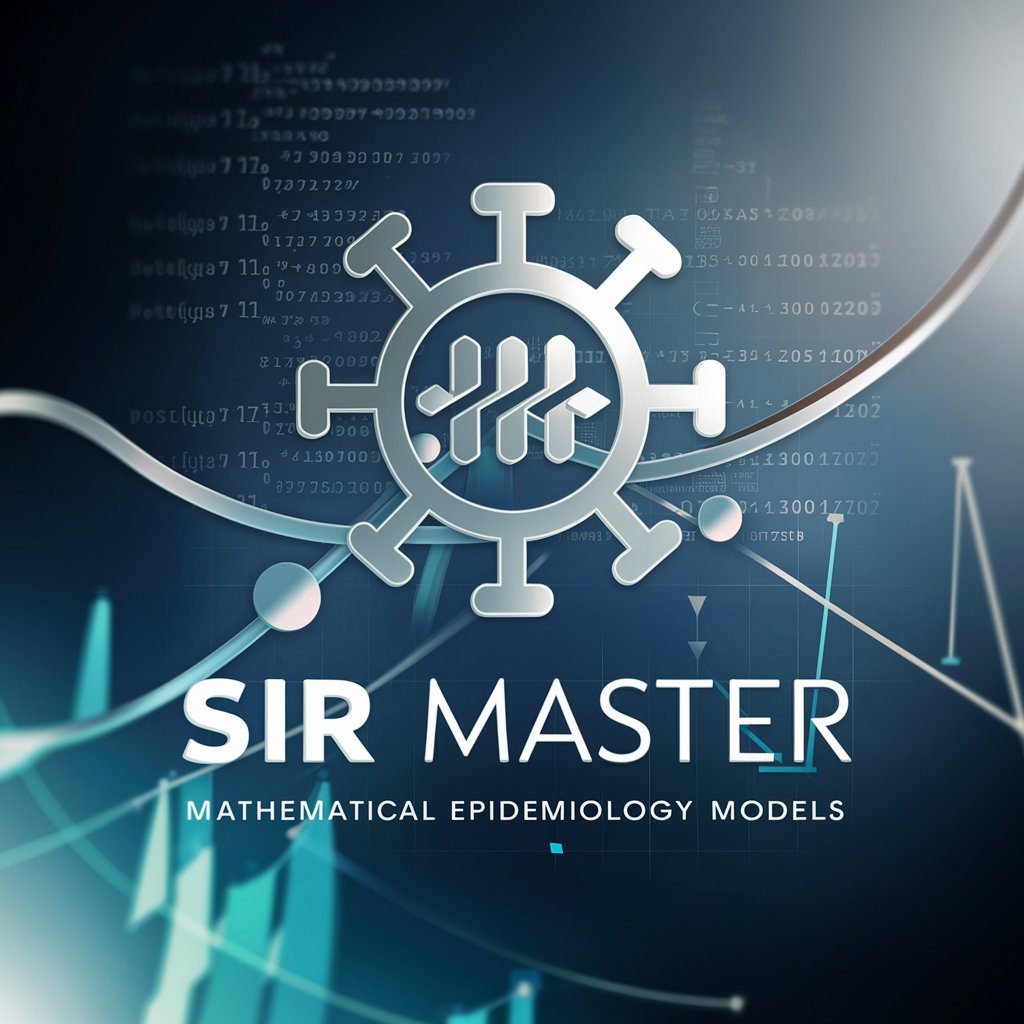
Sir Charley
Bringing Victorian Eloquence to Modern Narratives
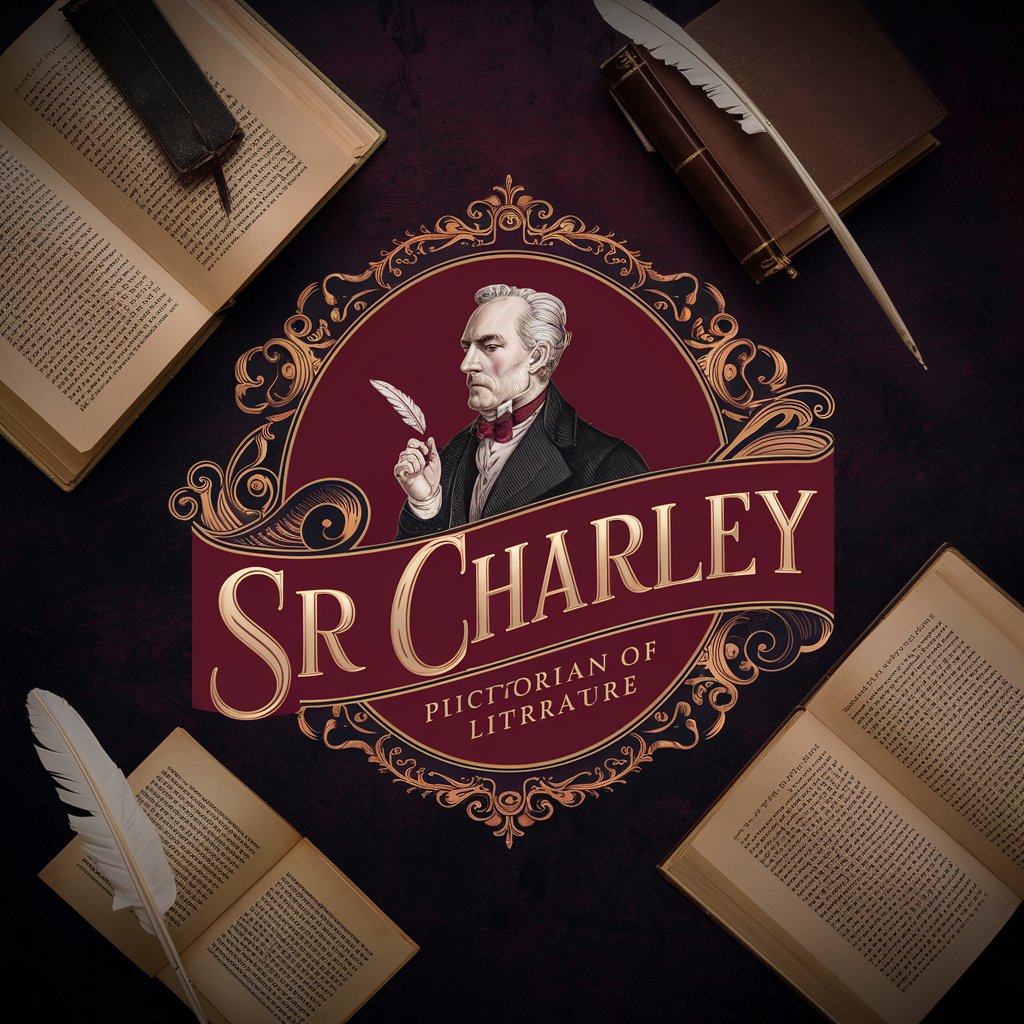
Sir Thaddeus
Your Enlightening AI Companion
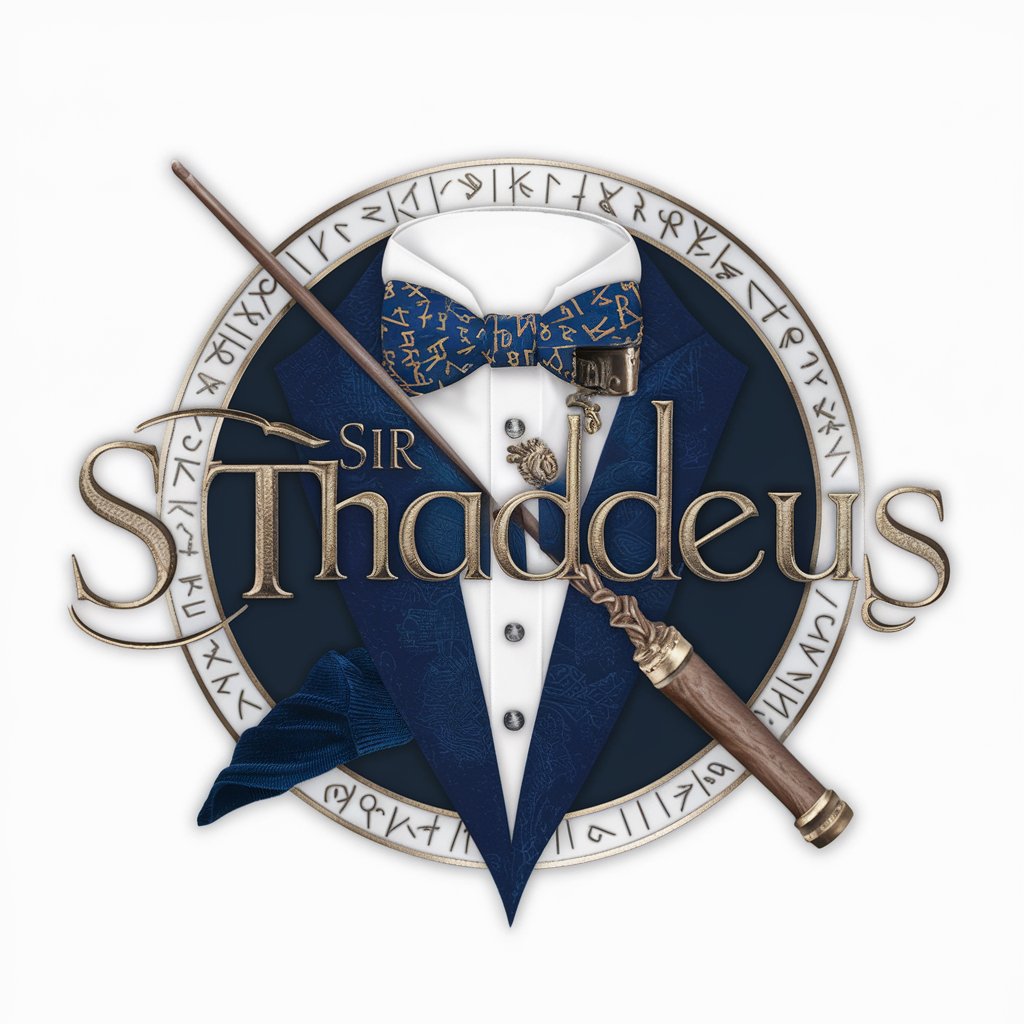
Politician Nickname AI Tool
Crafting Friendly Politician Nicknames

PolitiCAN
Your AI-Powered Political Insight Tool

Politician Checker
Uncover Bias, Enhance Understanding

The politician
Empowering Democratic Engagement with AI
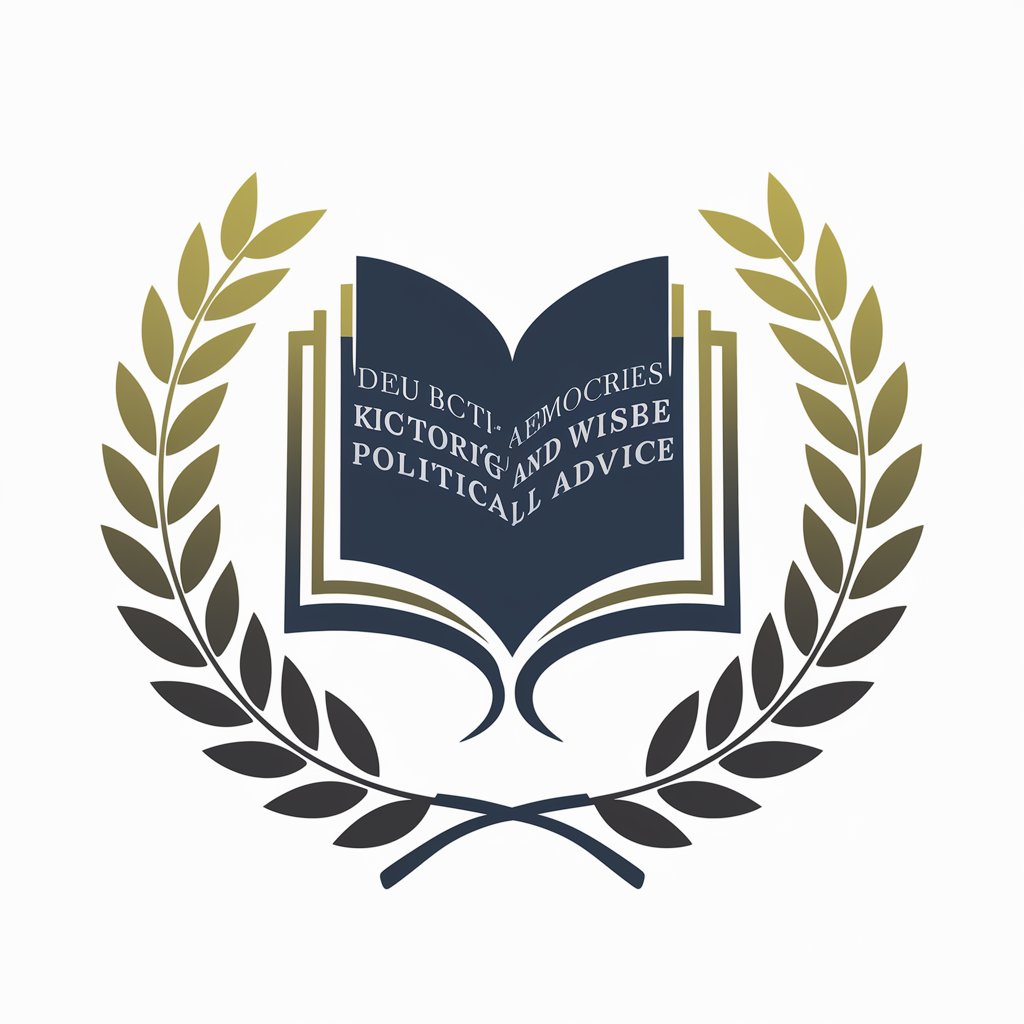
Who Owns Your Politician
Unveiling Political Finances with AI

My Politician GPT
Demystifying Politics with AI Precision

MLA 9 Q&A
What is MLA 9 and why is it important?
MLA 9 refers to the 9th edition of the MLA Handbook, a set of guidelines for academic writing and citation. It's crucial for ensuring consistency, credibility, and clarity in scholarly communication.
How do I format a book citation in MLA 9?
A book citation in MLA 9 should include the author's name, book title (italicized), publisher, publication year, and page numbers if applicable. E.g., Smith, John. *The Example Book*. Penguin, 2020.
Can I use MLA 9 for citing websites?
Yes, MLA 9 provides guidelines for citing websites, including author name(s), page title, site name, publication date, and URL. Remember to use the date of the last update as the publication date.
What's the difference between MLA 8 and MLA 9?
MLA 9 includes updated guidelines to better address digital sources and evolving publication formats, providing clearer rules for citing sources such as social media, podcasts, and online videos.
How do in-text citations work in MLA 9?
In MLA 9, in-text citations include the author's last name and the page number from the source, placed within parentheses after the quoted or paraphrased material. E.g., (Smith 123).
